Part 2 of what happens to our bodies and metabolisms when we eat a lot of protein
Last week we examined the methods of a study that sought to precisely pick apart the effects of protein on metabolism, body composition, and blood work. This study had a lot going on. So much so that we had to split the paper into 2 journal clubs.
Today, we dive into the results.
Methods
Read here from last week to review the methods.
Results
Like I said last week, everyone gained weight after the 8 weeks of overfeeding were up. The Low PRO group gained 7 lbs. The Normal PRO group gained 13 lbs. The High PRO group gained 14 lbs. Further, the Low PRO group lost lean body mass (LBM) and the Normal & High PRO groups gained it.
Below is a breakdown of these body composition results.
Below are charts showing what the metabolisms were for the groups at the start of the 8 weeks and how many calories they ate during the overfeeding period.
Below is their protein consumption for the 8 weeks.
The resting metabolisms of the Normal & High PRO groups increased from the overfeeding, while the Low PRO group did not differ statistically. The total daily metabolisms also increased in the Normal & High PRO groups, while the Low PRO group barely increased! No one’s physical activity level changed, statistically. Below are figures taken from the study showing the change in metabolisms.
To note, the researchers found that the daily metabolism measured by doubly-labeled water was slightly less than what the metabolic chamber measured and consequently slightly under-estimated how many calories the participants could eat in order to maintain their weight.
The 2015 paper that the researchers published went into depth with the metabolic chamber data. Below is a figure taken from the paper showing the metabolisms of 1 participant from each group. They exemplified the changes that each group experienced. Most notable are the increased sleep metabolisms of the Normal & High PRO groups.
Below are the average changes for each group during their sleep in the metabolic chambers.
Analysis of the data showed that the Low PRO group stored over 90% of their excess calories as fat. Given that their excess calories were all fat and their metabolism increased ~6.6%, their results confirmed previous work showing that the body uses 4-8% of its energy to store fat. The Normal & High PRO groups stored only ~50% of their excess calories as fat.
Further analysis looked at how the LBM changed based on how much protein was eaten. The change in LBM was explained by how much protein participants ate. Anyone who ate less than 78g/day of protein lost LBM! That’s 30g higher than the RDA in a “normal” individual! A deeper analysis of the nitrogen data confirmed that the Low PRO group was losing protein during the 8 week period.
Conversely to the lean mass, the change in body fat levels was explained by the amount of excess calories the participants ate and not how much protein they ate.
The researchers went into detailed analysis of the LBM changes. They separated the LBM into organs vs muscle and found no change in the size of the organ tissues over the study. The change in LBM was due to muscle and connective tissue changes. The change in metabolisms for the Normal & High PRO groups was correlated with the organs and various (non-muscle) protein tissues only, though. The change in metabolisms was not associated with fat or the muscle tissues of the participants.
On a side note, I found the organ analysis to be very interesting. Below is a chart showing the baseline breakdown of the body compositions and how many calories each part burned.
Finally, let’s look at the blood test results. How did the kidneys hold up to all this protein? The kidneys were fine! There was no change in any blood test except for one thyroid hormone. The change was slightly but significantly different from baseline and correlated with the change in LBM only.
Thoughts & Implications
One of our previous journal clubs looked at protein overfeeding to a higher degree than this study. That study, though, was not as precisely controlled as this one and did not have all the Gold Standard techniques available. Yet, this study supports the results of the Antonio study. The participants in Antonio’s study reported consuming an additional ~900 calories/day without a change in body weight. Those participants were long-time regularly exercising and weight training participants. Unlike this study that sought to keep physical activity constant, the Antonio participants were able to train harder and be more active. That change in physical activity coupled with the result of this study showing an increase in the High PRO metabolism of ~500 calories (ranging from 233 to 672 calories) argues that the Antonio participants could definitely have eaten more and still been at weight maintenance. They would have found themselves in a new energy balance. This same experience was replicated twice (2015 & 2016) by Antonio’s group.
The current paper touched on the lack of exercise for the participants. Analysis of the muscle biopsies showed no change in the muscle tissues and no change in the gene expression. The researchers themselves explained that this was expected due to the lack of exercise. They hypothesized that an exercising group would show changes (as other studies consistently demonstrate) in size and gene expression.
There’s an idea in bodybuilding and in lifting research that increased calories can spare muscle so that not as much protein can be needed. Despite overeating nearly 1000 calories, the low protein group still lost LBM and nitrogen. Perhaps, if the increased calories came from more carbs and less fat, then maybe protein would be spared. I think this data only rules out calories from fat as protein sparing. As well, I think the loss of LBM below 78g/day may be partially because the participants had eaten a baseline diet higher in protein.
I have said before that I appreciate breakdowns of body composition in studies (here, here & here). I am very pleased with the detail these researchers got into. At an average 3.4 lbs, the brain burned nearly as much as all of the 68 lbs of muscle. The brain is a powerhouse! As a lover of all things neuroscience, I am pleased and impressed!
Plain & Simply
With some of the best tools and precision available, this study informs our understanding of what happens when we eat different amounts of protein. We have Gold Standard level empirical evidence that increased protein consumption directly and positively affects lean body mass and metabolism! Calories may affect the number on the scale, but protein affects the composition of the person standing on the scale. To boot, protein consumption above the RDA did no harm!
If you have any questions about this study or anything I said, please feel free to leave a comment. I will get back to you and others may have insight to offer, too. If you have any questions or topic suggestions that you would like answered as a post, then please email me at robert@analyticfitness.com.
Don’t forget to like Analytic Fitness on Facebook, or follow me on Twitter or the other social medias!

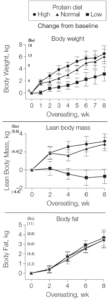
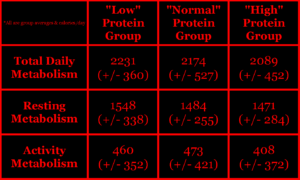
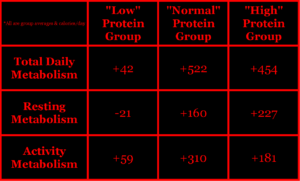
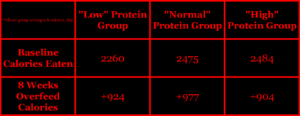
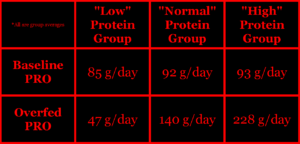
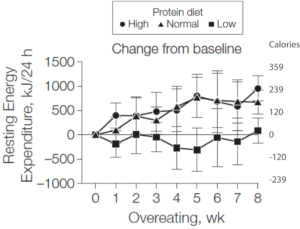
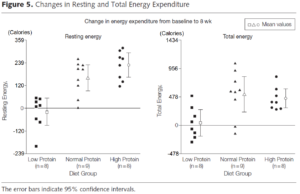
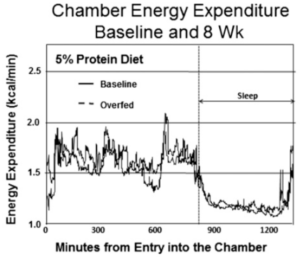
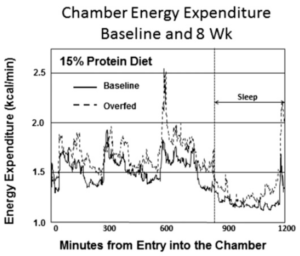
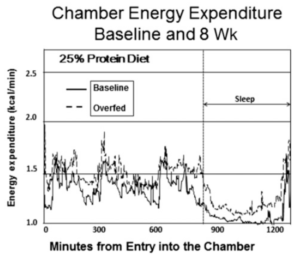
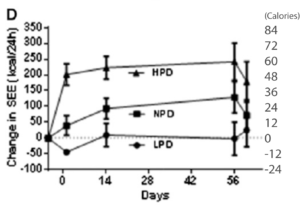
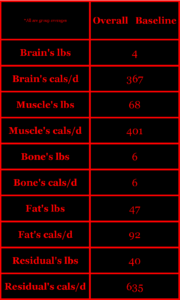




POST REPLY